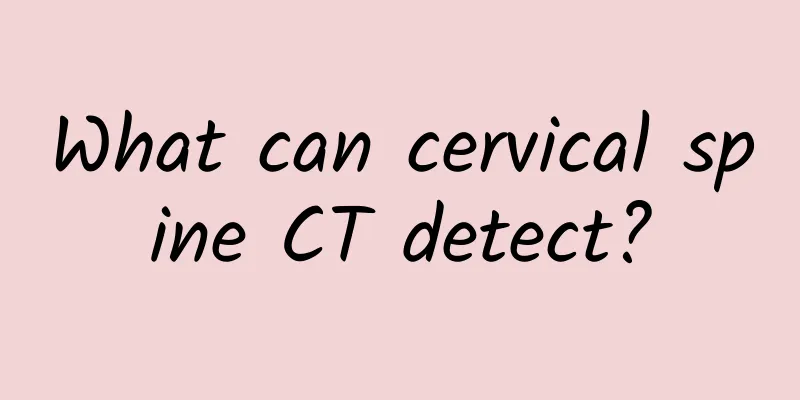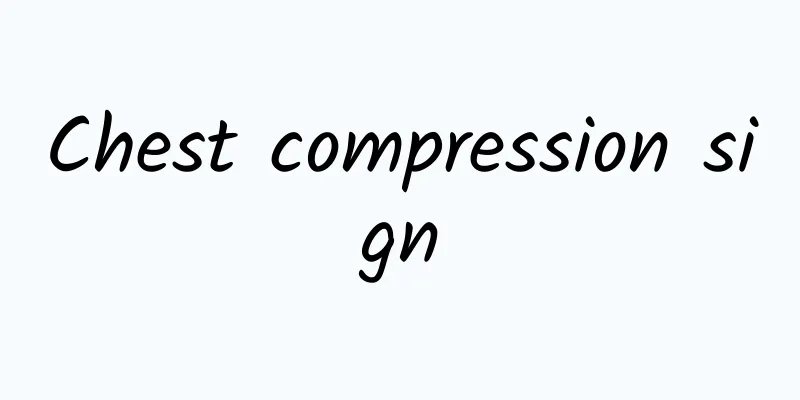What can cervical spine CT detect?

|
If you experience discomfort in your cervical spine, or symptoms such as dizziness and nausea, you should go to the hospital for examination in time. Cervical spine CT is a relatively common examination method. It has a relatively high diagnostic value for cervical spine injuries and degenerative lesions. It can observe the structure and morphology of the cervical spine, and observe diseased lesions, which helps to take further symptomatic treatment. Abnormal results with clinical significance : Cervical disc herniation: The posterior edge of the disc is parallel to the edge of the bone plate. When the disc herniates, the posterior edge of the disc protrudes locally. Since the density of the protruding nucleus pulposus is higher than that of the dura mater sac and fat layer, it is easy to identify on CT. The location of intervertebral disc herniation can be determined by the shadow of soft tissue with increased density. The dural sac can be indented and deformed by various types of herniation simultaneously. The posterior central part protrudes, and the clinical manifestations are symptoms of spinal cord compression; the lateral protrusion manifests as nerve root irritation and compression symptoms, and sometimes spinal cord compression symptoms may also occur. Its severity is not proportional to the CT image findings. Unsuitable people (1) Patients with allergic constitution or a history of allergy to ionic contrast agents (if using ionic contrast agents, an iodine allergy test is also required). (2) Patients with impaired heart, lung, liver or kidney function. Taboos before examination: (1) Before the examination, you must inform the CT doctor of your detailed medical history and various examination results. If you have any X-rays, MRI films, and previous CT films, you must give them to the CT doctor for reference. ( 2) Tell your doctor if you have any drug allergies or if you suffer from allergic diseases such as asthma or urticaria. (3) Remove clothing from the examination area, including underwear and various items with metal materials, such as headwear, hairpins, earrings, necklaces, jade pendants, coins, belts, keys, etc. (4) If a CT enhanced scan is to be performed or the patient is a child or unconscious, a healthy person must accompany the patient. (5) If ionic contrast agents are used for enhanced CT scanning, an intravenous contrast agent iodine allergy test is required. Only if there is no reaction after 20 minutes can the examination be continued. (6) Do not take any medications containing heavy metals or undergo a gastrointestinal barium examination within one week. Patients who have undergone barium examination must wait until the barium is emptied; those who are anxious to undergo CT examination should be given a cleansing enema or oral laxatives to allow the barium to be completely discharged before undergoing CT examination. |
<<: Self-treatment of cervical pain
>>: How many cervical vertebrae are there in a person?
Recommend
What medicine is good for a spider?
Spiders are divided into poisonous and non-toxic ...
The efficacy and function of salidroside
Rhodiola rosea is a common Chinese medicinal mate...
The efficacy of Xiangsha Liujunzi
Xiangsha Liujunzi is actually a traditional Chine...
How to get rid of fat particles at the corners of the mouth
Fat granules are a kind of small bumps on the fac...
What does Cang Erzi treat?
Xanthium sibiricum is a relatively common Chinese...
What happens if I feel like urinating but can’t urinate?
Urination can excrete excess water, metabolic pro...
Is it good or bad to take a bath for eczema?
Patients with eczema should choose appropriate tr...
The efficacy and function of Gelsemium elegans
We do not come into contact with many Chinese med...
The best treatment for acute laryngitis is to rest your vocal cords
If you have symptoms such as hoarseness, sore thr...
What to check for long-term infertility
For couples, it is particularly distressing if th...
The most effective way to treat constipation
Constipation is a very common thing. There are ma...
Postoperative care after finger replantation
Replantation of severed fingers is very necessary...
How do people who often take medicine detoxify?
For some patients, regular medication is needed. ...
How many days after fibroid surgery is the stitches removed?
Fibroids are common among many benign tumors and ...
How to make boys' small eyes bigger
The love of beauty is not only the privilege of g...









